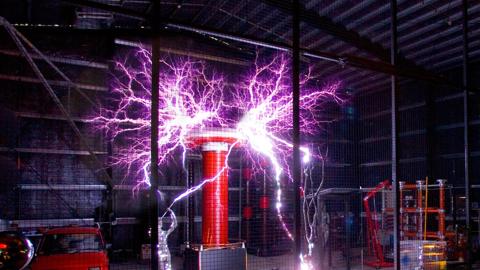Black Summer research
Wide-ranging Black Summer research was completed by Natural Hazards Research Australia and the Bushfire and Natural Hazards Cooperative Research Centre in the years since the 2019-20 fire season, with funding from the Australian Government and partners.
This vital new Australian science is all about keeping our landscapes and people safe from bushfire. Fire seasons are getting longer and dangerous bushfire days are becoming more frequent. Australians need to be smarter and use this new science to improve the ways we live with fire.
The Black Summer program included 23 research projects with Australia's best fire and climate scientists, human geographers, land managers and public health and recovery experts at 28 research institutions, First Nations organisations, and fire and land management agencies.
Some projects focused on what could be learned at a national level, while others analysed specific fires in Queensland, New South Wales, Victoria, South Australia or Western Australia.
This research will lead to action: better bushfire modelling, better warnings, better protection of the land and better recovery.
This research enables government, fire and emergency management agencies and community organisations to make better decisions on how best to allocate fire management resources, protect the environment and help bushfire-prone communities prepare, respond and recover. It can also be applied to other natural hazards, such as floods and storms.
You can read a report of all the key findings from the Black Summer program here.
The focus
- Why were the 2019-20 fire season so devastating?
- What can research tell us about new skills or technologies we need for the future?
- What can Australia learn from its worst fire season on record?
The science
- The science provides better knowledge of the interactions between bushfire and the atmosphere, and why the bushfires did extreme and unexpected things. More knowledge on how a fire behaves will help improve fire danger predictions and warnings.
- The science provides new insights into how different types of environments and vegetation affect windspeed – this helps with modelling of bushfire behaviour, firefighting tactics and public warnings.
- The science of prescribed burning reveals that there is no one-size-fits-all approach across Australia — local conditions and variations matter. The type of landscape, vegetation, time since prescribed burn, type of prescribed burn and the weather conditions on the day of the bushfire are all significant factors.
- The science showed how local communities are best at leading their own recovery with better support from governments and other agencies.
- This science developed foundations, recommendations and modelling for future First Nations-led and co-designed research programs that enable and empower cultural fire and land management practices across Australia.






